Header start
- Home
- Keio Times Index
- Keio Times
Content start
Japanese Banknotes: Fukuzawa's Legacy and the Three New Faces of Japan's Currency
Feb. 21, 2025
Despite the rise of a cashless society, the association between Yukichi Fukuzawa and the 10,000-yen note remains deeply ingrained in the minds of both young and old in Japan. However, as of July 3, 2024, the designs of the 10,000-yen, 5,000-yen, and 1,000-yen banknotes have been completely redesigned. Yukichi Fukuzawa, who has graced the 10,000-yen note for 40 years, will "retire." Interestingly, each of the three individuals featured on the new bills had significant connections with Fukuzawa during his lifetime.
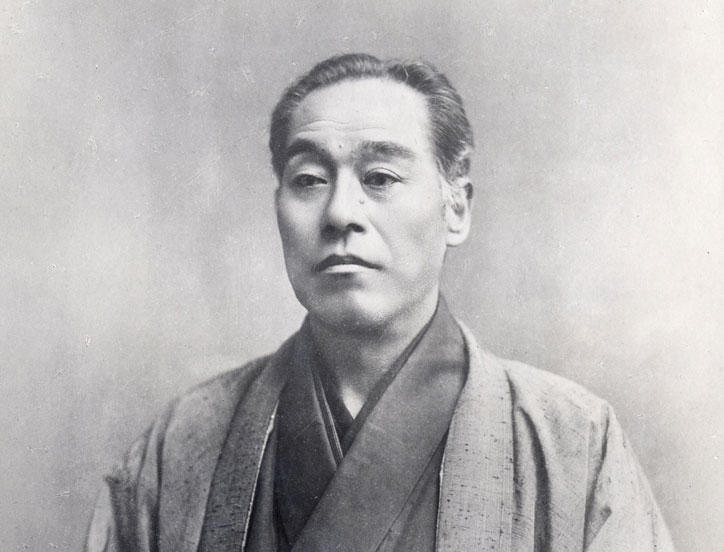
40 Years as the Face of the 10,000-Yen Note:
Why Yukichi Fukuzawa?
The first 10,000-yen note with the portrait of Yukichi Fukuzawa was issued in November 1984. According to the Ministry of Finance website, the selection was based on the idea that Japan’s highest denomination, the 10,000-yen banknote, should feature a portrait befitting its dignity. The chosen individual needed to be a culturally significant figure from the Meiji era onward, recognized both in Japan and internationally. In other countries, kings and politicians are often depicted. It is almost unheard of for a university founder to be featured on a banknote. The 5,000-yen note (Inazo Nitobe) and 1,000-yen note (Soseki Natsume) issued at the same time were changed to the portraits of Ichiyo Higuchi and Hideyo Noguchi, respectively, in 2004. Fukuzawa’s portrait remained unchanged, though the design of the 10,000‐yen note did change.
The Face of the New 1,000-Yen Note
Shibasaburo Kitasato: First Dean of the
Keio University School of Medicine
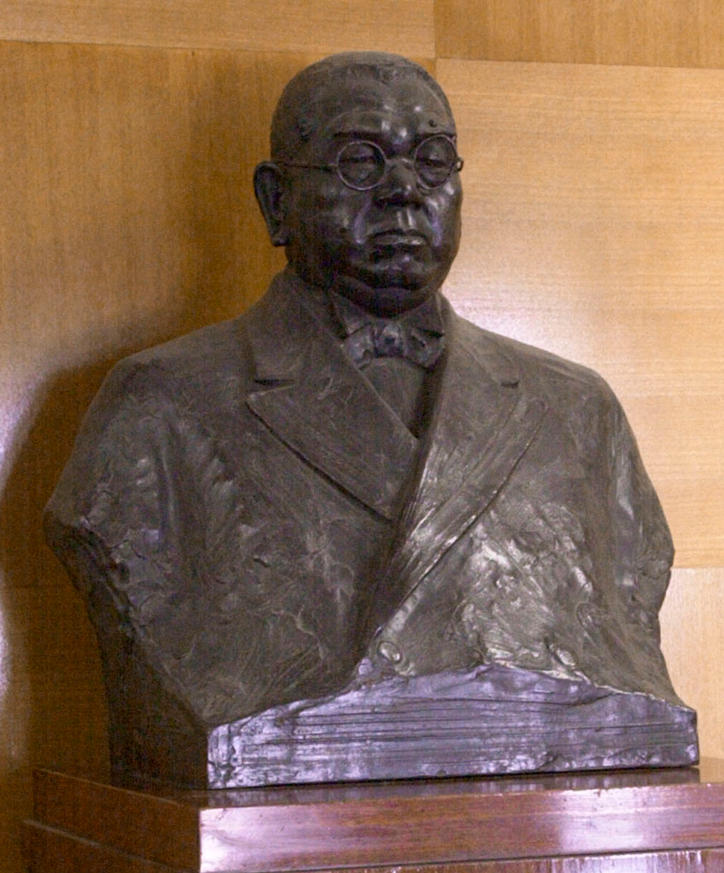
The Face of the New 5,000-Yen Note
Umeko Tsuda: A Pioneer
in Women's Education
Eleven years after Fukuzawa set sail to the United States aboard the Kanrin Maru as part of the Tokugawa shogunate's 1860 diplomatic mission, the new Meiji government launched the Iwakura Mission to study Western institutions in Europe and the United States in December 1871. Among the group was 6-year-old Umeko Tsuda, who was the youngest to join the group as Japan's first female exchange student. Umeko arrived in the United States in January of the following year and spent the next 11 years immersed in American education and culture. Upon returning to Japan, Umeko was shocked by the status of women in her home country. Fukuzawa also shared her sentiment, having traveled several times to Europe and the United States, and raised awareness about the improvement of women's status and girls' education through his writings, such as Nihon Fujinron (On Japanese Womanhood), published in 1885. In fact, it was Umeko's father, Sen Tsuda, who encouraged her to study abroad. He and Fukuzawa had known each other, serving together as interpreters for foreign affairs in the shogunate's delegation to the United States in 1867.
After returning to Japan from the United States in 1900, Tsuda founded the girls' school "Joshi Eigaku Juku" (now Tsuda College) just one year before Fukuzawa passed away.
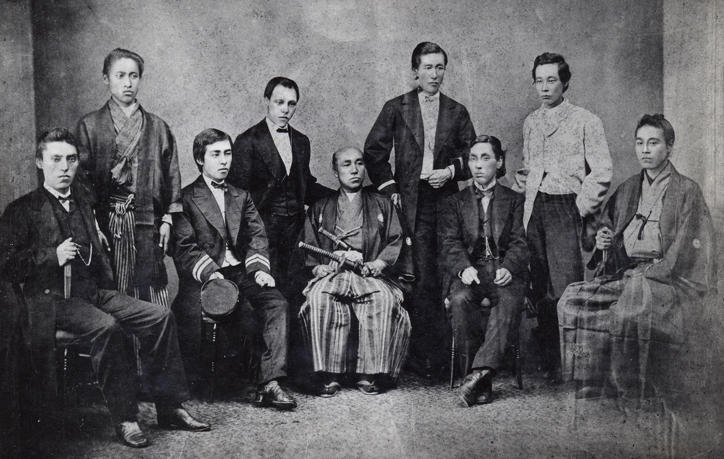
The New Face of the 10,000-Yen Note
Eiichi Shibusawa: Father of the
Modern Japanese Economy
What linked Fukuzawa and Eiichi Shibusawa was their shared commitment to dismantling the government's dominance over the people. The same year Fukuzawa and Tsuda joined the shogunate's mission to the United States, Shibusawa traveled to Europe. He accompanied Akitake Tokugawa (younger brother of Shogun Yoshinobu) to the Paris Expo, where he familiarized himself with the state of affairs overseas. Following the Meiji Restoration, Shibusawa served the Meiji government as an official of the Ministry of Finance. However, in 1873, he resigned to establish the First National Bank and a paper manufacturing company (later Oji Paper). He then embarked on a path as an entrepreneur in the private sector, dedicated to dismantling the government's domination of the people.
Shibusawa first met Fukuzawa in 1869 while serving at the Ministry of Finance. As head of the Reformation Bureau, he consulted Fukuzawa, an expert in Western studies, on matters related to measurements. It is said that later, the two played shogi at politician and Waseda University founder Shigenobu Okuma's residence, with Shibusawa emerging victorious.
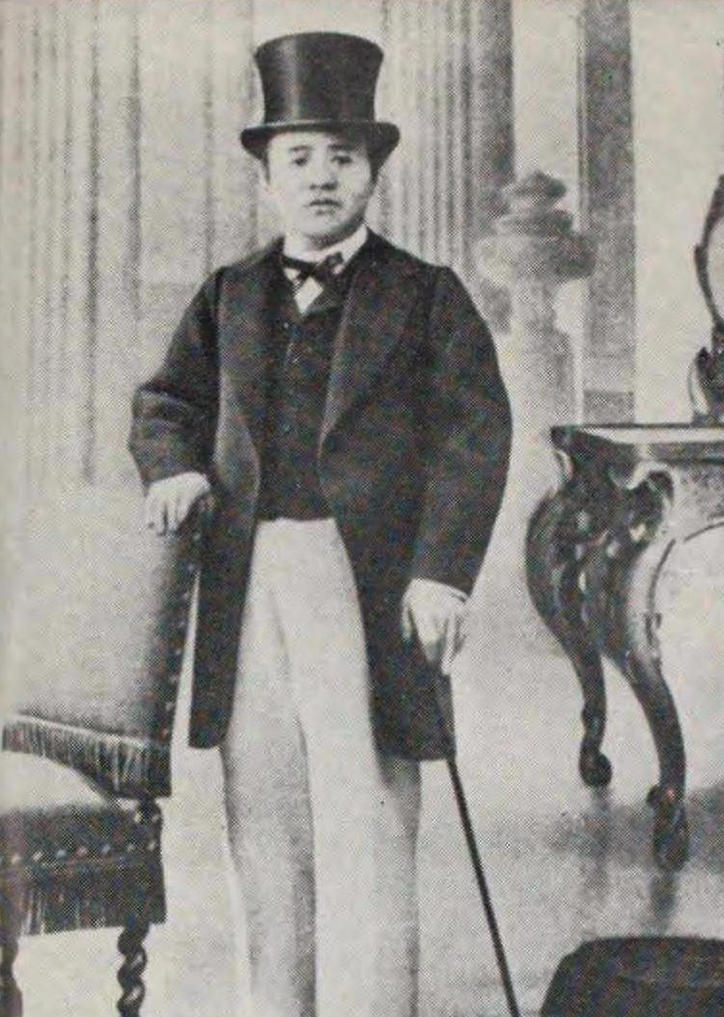
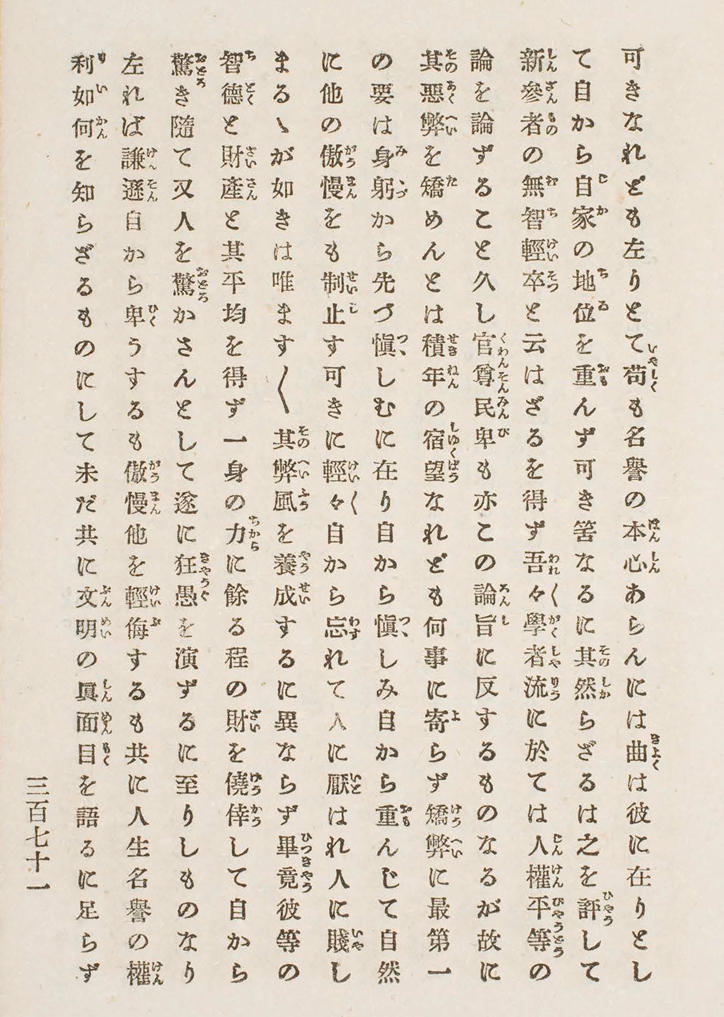
Although Shibusawa and Fukuzawa, who both cherished the Analects, did not always see eye to eye, they respected each other's accomplishments and shared a common desire to dismantle the government's domination over the Japanese people. Imagining Fukuzawa's reaction upon learning that Shibusawa would take his place as the face of the 10,000-yen note adds an intriguing twist to their legacy.
Currently, Fukuzawa's hometown of Nakatsu City, Oita Prefecture, is hosting a series of events and tourism promotions as part of the "Immortal Fukuzawa Project," inspired by the changeover of the portrait on the 10,000-yen note. Keio University has joined the project, cooperating to convey to the nation and future generations that Yukichi Fukuzawa once graced the face of our country's highest denomination.
*This article appeared in Stained Glass in the 2024 Summer edition (No. 323) of Juku.
Footer start
Navigation start


